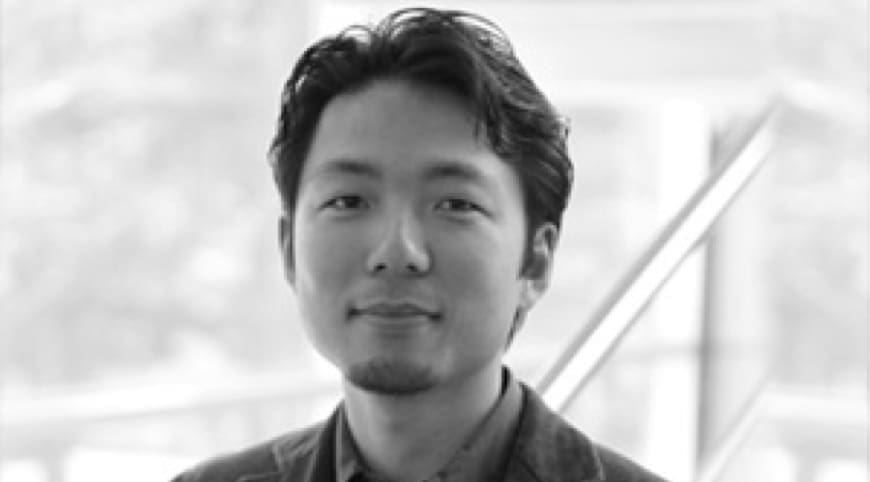Deciphering key intermediates in the transformation of carbon dioxide into heterocyclic products
The identification of catalytic intermediates in the conversion of carbon dioxide is vital for improved catalyst design and optimization of structure–reactivity relationships, but remains elusive. Here, we report that intermolecular hydrogen bonding interactions between an epoxy alcohol, water and the catalyst structure are crucial towards the formation of a cyclic carbonate from carbon dioxide. A combination of multiple in situ and ex situ techniques including substrate labelling, kinetic studies, computational analysis, operando infrared spectroscopy and X-ray diffraction was applied to identify and support the structural connectivities of several previously unknown intermediates. An epoxy alcohol–water cluster formed by hydrogen bonding was identified as the initial intermediate able to trap CO2 and an elusive alkyl carbonate anion was also detected. The synergistic spectroscopic and computational analysis shown here offers a unique insight under operando conditions, as well as a useful analytical blueprint for key suggested intermediates in other mechanistically related CO2conversion processes.

Huang, R.; Rintjema, J.; González-Fabra, J.; Martín, E.; Escudero-Adán, E. C.; Bo, C.; Urakawa, A.; Kleij, A. W.
Nat. Catal. 2019, 2, 62-70
DOI:
10.1038/s41929-018-0189-z

Let's create a brighter future
Join our team to work with renowned researchers, tackle groundbreaking
projects and contribute to meaningful scientific advancements




















